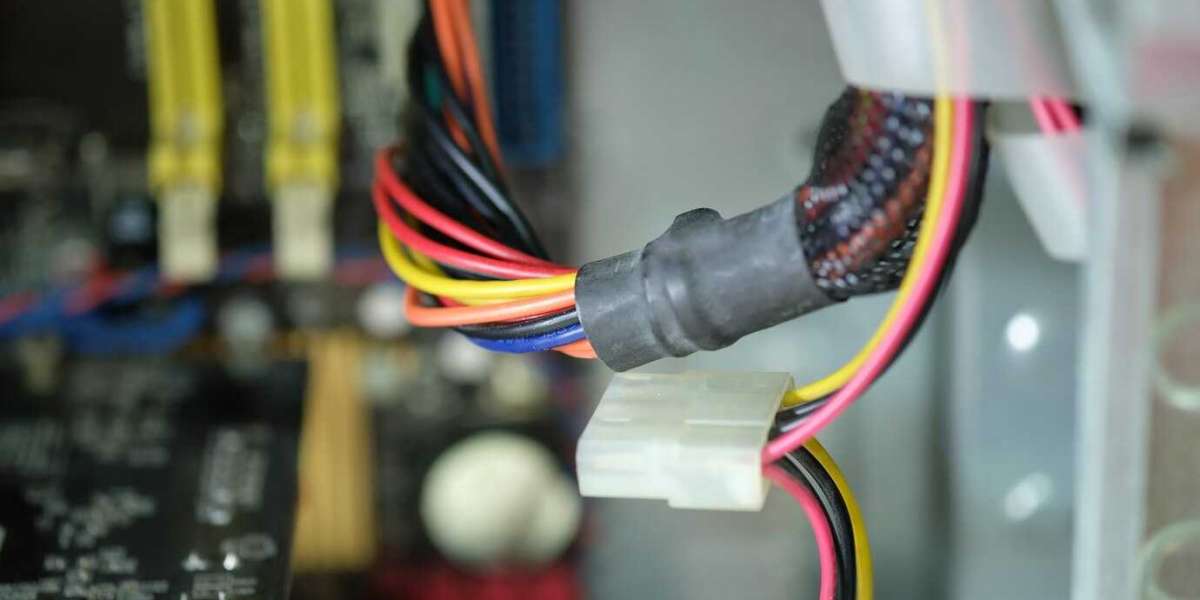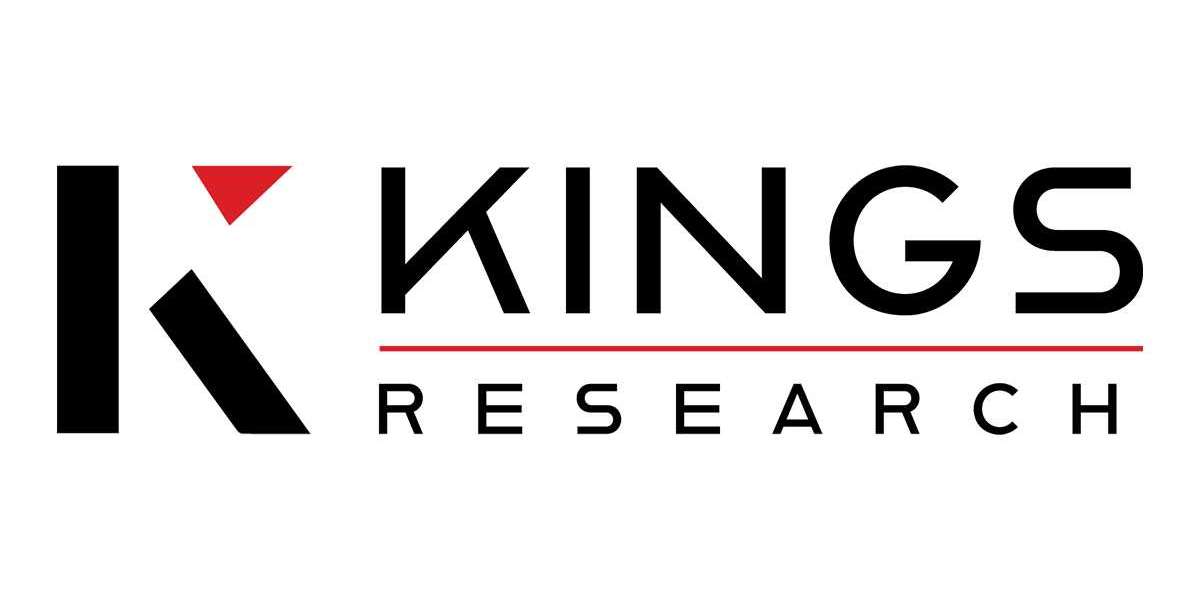When it comes to setting up or upgrading a network, one of the most important steps is data cabling installation. Whether you're moving into a new office, expanding your business, or upgrading your network infrastructure, understanding the process and what to expect during the installation can make the entire experience smoother. Here’s a comprehensive look at what to expect during your data cabling installation project and why hiring professional data cabling installers is essential.
1. Initial Consultation and Site Assessment
Before any physical work begins, the first step in your data cabling installation project is an initial consultation. During this phase, data cabling installers will visit your location to assess the existing infrastructure and determine the best cabling solutions for your specific needs. They'll consider factors such as:
- Building layout: The configuration of walls, floors, and ceilings will affect how and where the cables are routed.
- Required bandwidth: Different types of data cabling support varying data speeds, so understanding your requirements is crucial.
- Future-proofing: A skilled installer will help you plan for future upgrades, ensuring your network can handle growing bandwidth demands.
This assessment helps the installer decide on the type of cables (Cat5e, Cat6, fiber optics, etc.) and determine the most efficient path for running cables.
2. Planning and Design
Once the assessment is complete, the data cabling installers will create a detailed plan for the installation. This includes:
- Cable routing: They’ll decide where the cables will run, whether through walls, ceilings, or floors.
- Hardware placement: The installation plan will also outline where network devices like switches, routers, and servers will be installed to ensure optimal performance.
- Compliance: Professional installers ensure that all installations meet industry standards and local building codes, ensuring both safety and reliability.
At this stage, the installers will also provide an estimate of the cost and timeline for the project, ensuring there are no surprises later.
3. Installation Phase
Once the planning is in place, the actual installation begins. Depending on the complexity of the project, the installation process can take anywhere from a day to several days. Here’s what you can expect:
- Cable running: The data cabling installers will start running the cables according to the plan. They’ll use tools like cable testers, drills, and fish tapes to route cables through walls or ceilings with minimal disruption to your daily operations.
- Organizing cables: Cables will be carefully organized and labeled to avoid confusion in the future. A well-organized setup helps with troubleshooting and future upgrades.
- Connecting hardware: Once the cabling is in place, the installers will connect the cables to network devices, ensuring everything is hooked up correctly.
Professional data cabling installers work efficiently, ensuring minimal downtime and disruption to your environment.
4. Testing and Troubleshooting
After the installation is complete, the installers will perform thorough testing. This is one of the most critical steps in the process to ensure everything works as expected. They’ll test:
- Signal strength: Ensuring the network is transmitting data at optimal speeds.
- Connection reliability: Checking for any intermittent issues with connectivity.
- Error detection: Identifying any miswiring or potential faults in the system.
If any issues are found, the installers will troubleshoot and make necessary adjustments to ensure the system runs smoothly.
5. Final Walkthrough and Documentation
Once everything is tested and working correctly, the data cabling installers will conduct a final walkthrough. During this stage, they’ll:
- Explain the layout of your new network.
- Provide any necessary documentation, such as wiring diagrams, labels, and maintenance instructions.
- Offer recommendations for maintaining and troubleshooting the network in the future.
This step ensures that you have a clear understanding of your system and how to keep it running efficiently.
6. Ongoing Support and Maintenance
Professional data cabling installers often offer ongoing support after installation. This means that if you encounter any issues or need to make changes or upgrades to your network, you’ll have access to expert help. Regular maintenance checks ensure that your system remains reliable and up-to-date.
Conclusion
A data cabling installation project is a critical step in ensuring the functionality and reliability of your network. By hiring experienced data cabling installers, you can expect a seamless process from consultation to final testing, ensuring that your network is set up for success. Proper planning, installation, and ongoing support from professionals will save you time, money, and headaches in the long run.






